As a marketer, your goal should always be to reach the right decision-makers with the right message at the perfect time.
People with a propensity to engage or buy are your target audience.
Depending on your areas of expertise, your target audiences could work in various business roles.
This could be C-suite members, specific influencers, decision-makers, and buyers with particular needs and wants.
Why Is It Important To Know Your Target Audience
Know your audience – it’s the foundation of any successful marketing campaign.
The phrase “knowing who you’re trying to reach” refers not only to understanding the needs of your audience but also to what they want, and how they like to engage.
This is important, especially when competing online, where everyone is trying to ensure that their brand is discoverable – and that their content is top of mind and relevant for their target audience.
Understanding your target audience is pivotal to all your marketing efforts.
It sits at the center of any campaign, right between your broader go-to-market strategy and your personalization and promotional tactics.
What Is A Target Audience
A target audience is a specific group of people who are most likely to buy your product or service. It sits in the middle of all your targeting and campaign strategies – as explained in the diagram below.
It differs from your target market – which is much broader and includes groups who ‘may be interested’ and persona targeting – ideal groups of people who form ideal customers.
Image from author, October 2022
Types Of Target Audiences
Depending on your product or service and industry (B2B or B2C), there are many types of target audiences. Regardless, your goal should be to connect with your audience in such a way that you can deliver relevant and helpful content.
To do this, you need an understanding of your customer or client base by analyzing traits related to how they live life and what interests them most – be it sports cars or cooking show recipes.
Each person has their set preferences based on age group, gender, etc., meaning every individual will receive messages differently depending upon whom you are trying to reach out to.
This could also include the following;
- Professional and Career.
- Opinions and Political Attitudes.
- Intent.
- Interests and Lifestyle.
The best way to build on this is via segmentation and persona building, which I will discuss in more detail shortly in this article.
Examples Of Target Audiences
Defining your target audience is a great way to ensure you’re reaching out and touching people who will most likely become customers.
For example, BMW has a specific target audience to whom it offers multiple types of vehicles (and now experiences) based around “The Ultimate Driving Machine.”
BMW has been known for its high levels of customer loyalty, but it also seeks out new customers. While the primary target audience is affluent customers, it also markets to many types of consumers, whom it segments and targets globally.
Target audience is something that every business must have in mind.
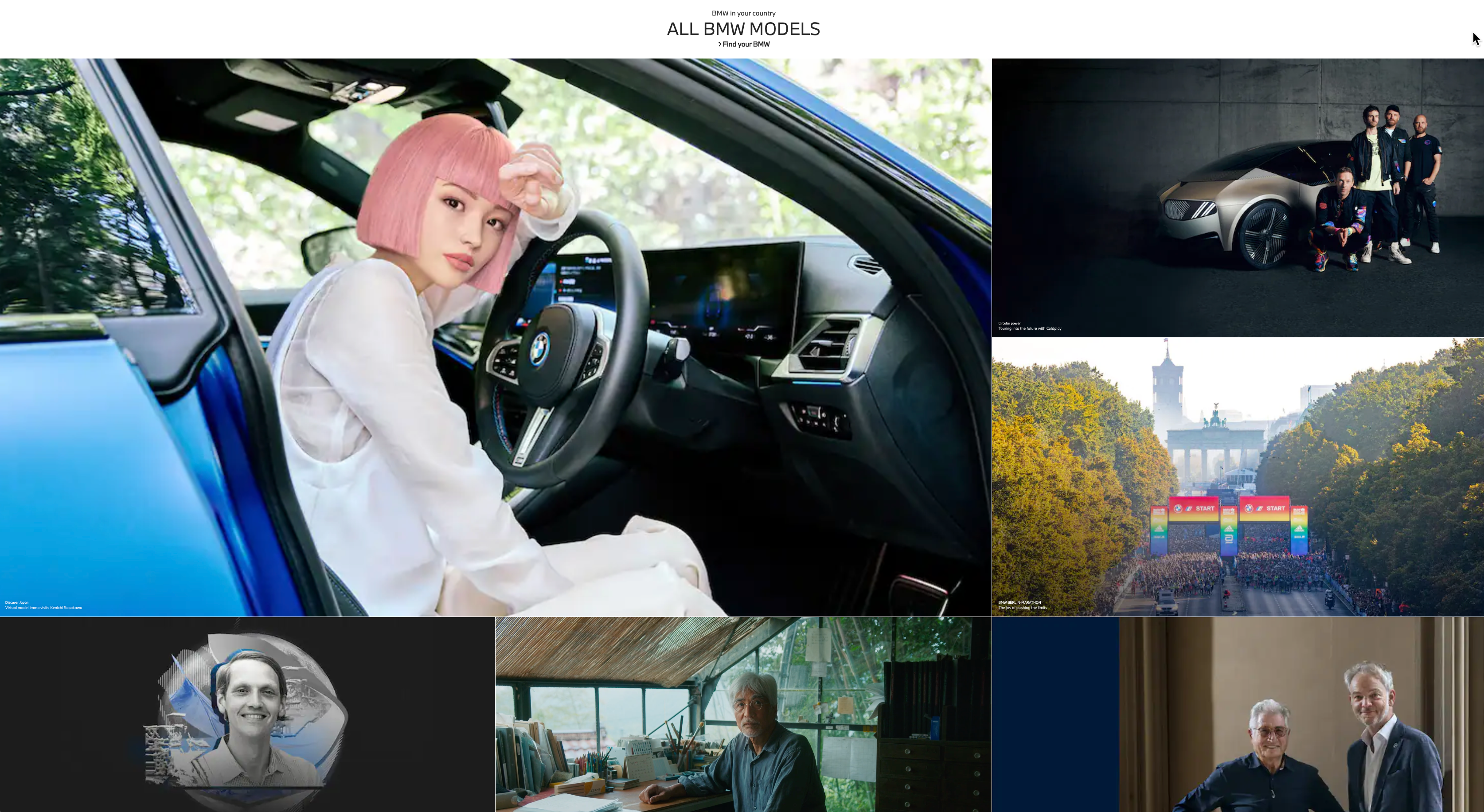 Image from BMW, October 2022
Image from BMW, October 2022
Lego is another excellent example of a target audience.
They have many target markets, but the main ones for their business are children between 1-15 years old. However, we are all young at heart – especially older Star Wars fans.
Lego also understands that parents play an essential role in marketing towards them, too, so they make sure there’s something on offer regardless of age.
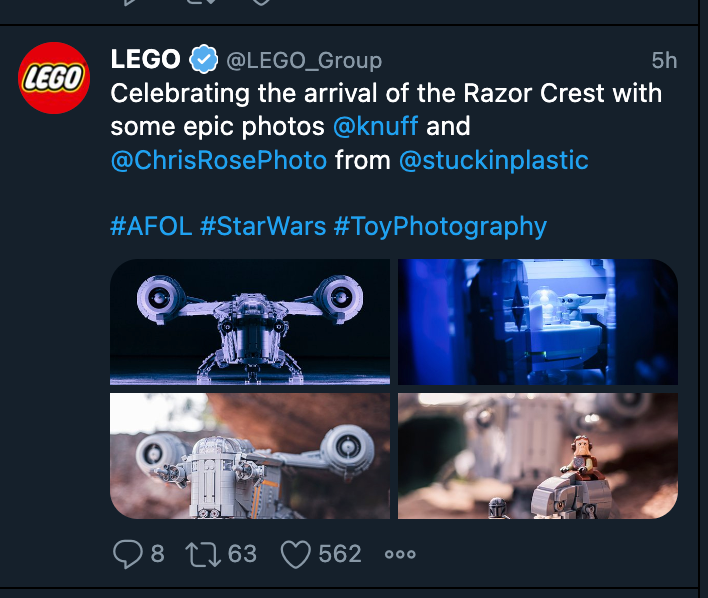 Image from LEGO_Group, October 2022
Image from LEGO_Group, October 2022Subcultures are also a new and interesting type of target audience.
These are groups of people who share a similar experience and identify with one another. They may be in the same music scene or generationally, but they still form their own subcultures to define themselves by what’s happening around them.
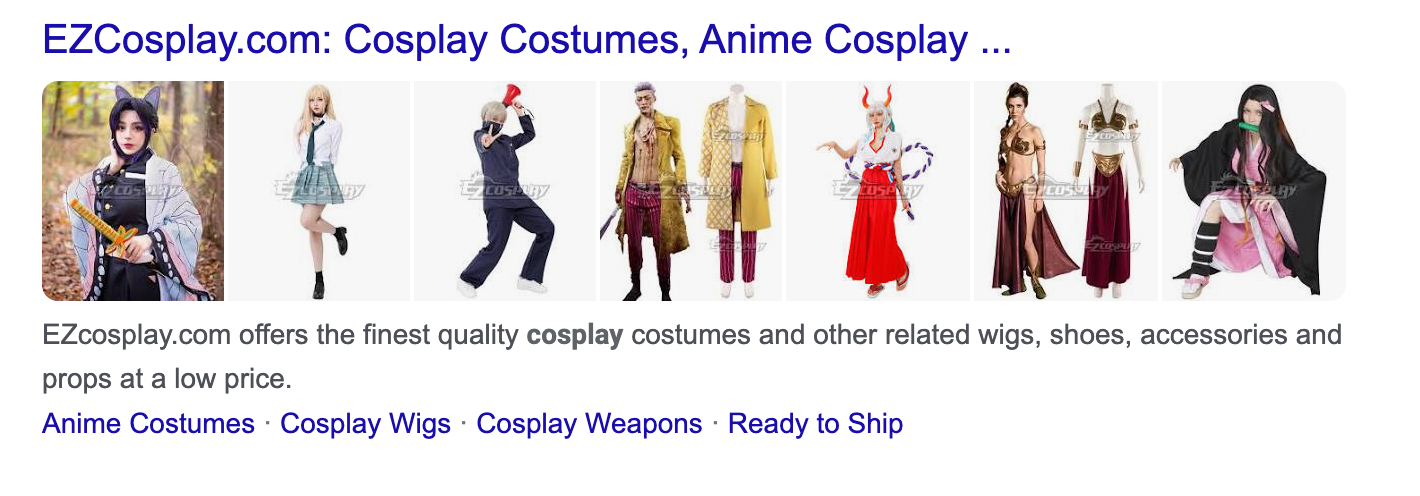 Image from EZCosplay.com, October 2022
Image from EZCosplay.com, October 2022For example, cosplay is a form of creative expression that has gained momentum recently.
However, cosplay might sound like something done only on Halloween nights.
For some, it’s just an enjoyable hobby, while for others, cosplaying becomes their lifestyle and allows them to become whatever character they want without limitations or boundaries
How To Find And Connect With Your Target Audience
Either way, your target audience is something every business must have in mind. However, it helps to identify target personas that go much deeper, especially within B2B marketing.
Here you can utilize research-based profiles that identify your potential customers – to help create content tailored specifically for them and their needs.
The more you know about your audience, the easier it will be to speak their language and reach out.
Your marketing efforts must be directed at prospects instead of guessing who might like a product or service.
Understanding their pain points, behavior, and motivations for buying means you can produce content that draws these people into your purchase funnel.
Below are three essential practices to help you connect with your target audience and segment your target audience strategies.
1. Finding And Understanding Your Target Audience
Leveraging business intelligence to understand consumer (target audience) behavior is essential in today’s digital era.
From conducting outbound surveys to leveraging data-driven insights, finding intent-based purchase patterns are key to success.
Start With What You Know
No one should know your target audience more than you. Make sure you have listed all the things that make up an average customer profile.
- How old are they?
- Are they male or female?
- Where do customers work or live?
- What kind of household do they lead?
Utilize Data-Led Insights
There is no better way to understand your customers and find new ways to engage with your target audience than via search data. If you know what your audience wants, you can connect with them in a relatable way.
For example, when the weather is cold or when the snow season begins, there’s likely more interest among consumers who enjoy skiing as their hobby.
SEO insights can help you learn more about the mindset and intent of your audience.
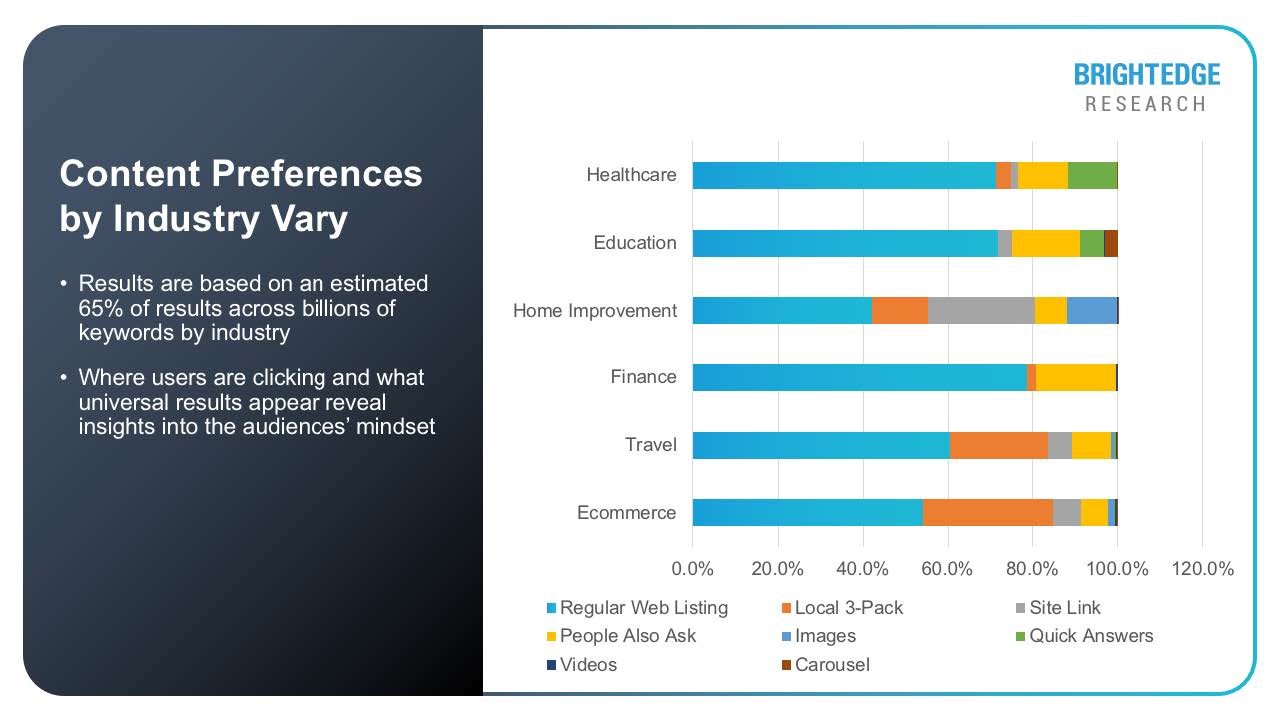 Image from BrightEdge, October 2022
Image from BrightEdge, October 2022
Understanding how people search and what their preferences are can tell you quite a lot about your customers.
For example, a searcher who would click on an in-depth B2B buyer’s guide might expect an e-book over blog posts, while someone looking at just getting general overviews may prefer high-level blogs instead of gated downloads.
Target Audiences On Social Media
Who are your followers? What do they like to see from you on social media channels such as Facebook, Twitter, or Instagram? You can see this by looking at your social media analytics.
Most major social media platforms have information about visitors that will show up in charts broken down by age range or gender, giving valuable insights into what people want to see more often.
For example, Facebook (Meta) insights can give valuable insights into your audience.
This will help you connect with more people in your target audience. You can see age and gender breakdowns, education levels, job titles, relationship statuses, or lifestyles – all in one place.
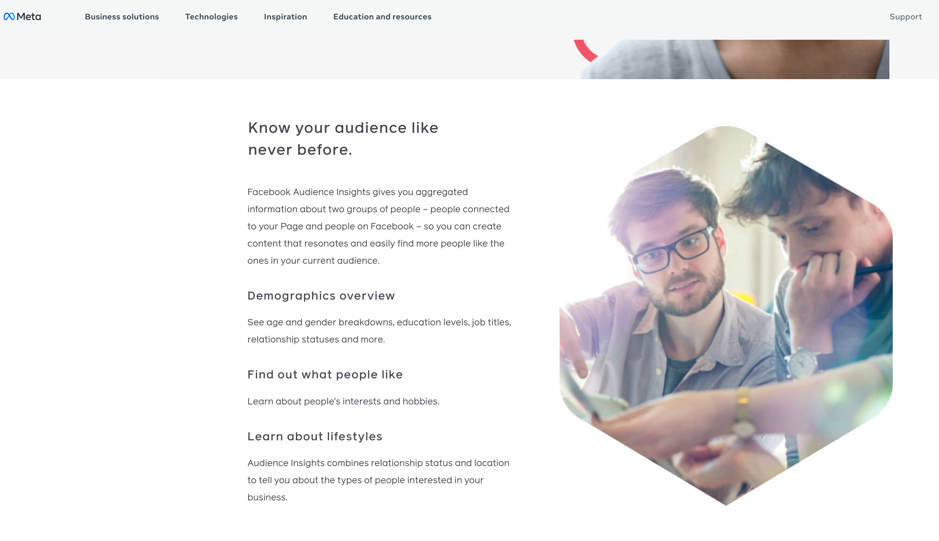 Screenshot from Meta, October 2022
Screenshot from Meta, October 2022
2. Segmenting Your Target Audience
Market segmentation allows you to analyze and reach your targeted audience by dividing large, homogenous markets into clearly identifiable segments. Customers can be identified and split up based on specific criteria or similar traits that lead them towards having the same wants/needs regarding the products or services you offer.
If you look at Nike, the key to its success is through targeting and segmenting its audience into three key areas – men, women, and children. Nike has also successfully targeted millennials and Gen Z.
One key factor related to consumer behavior among the youth market is that they like buying from brands considered trustworthy and diverse in their offerings; Nike fits this perfectly.
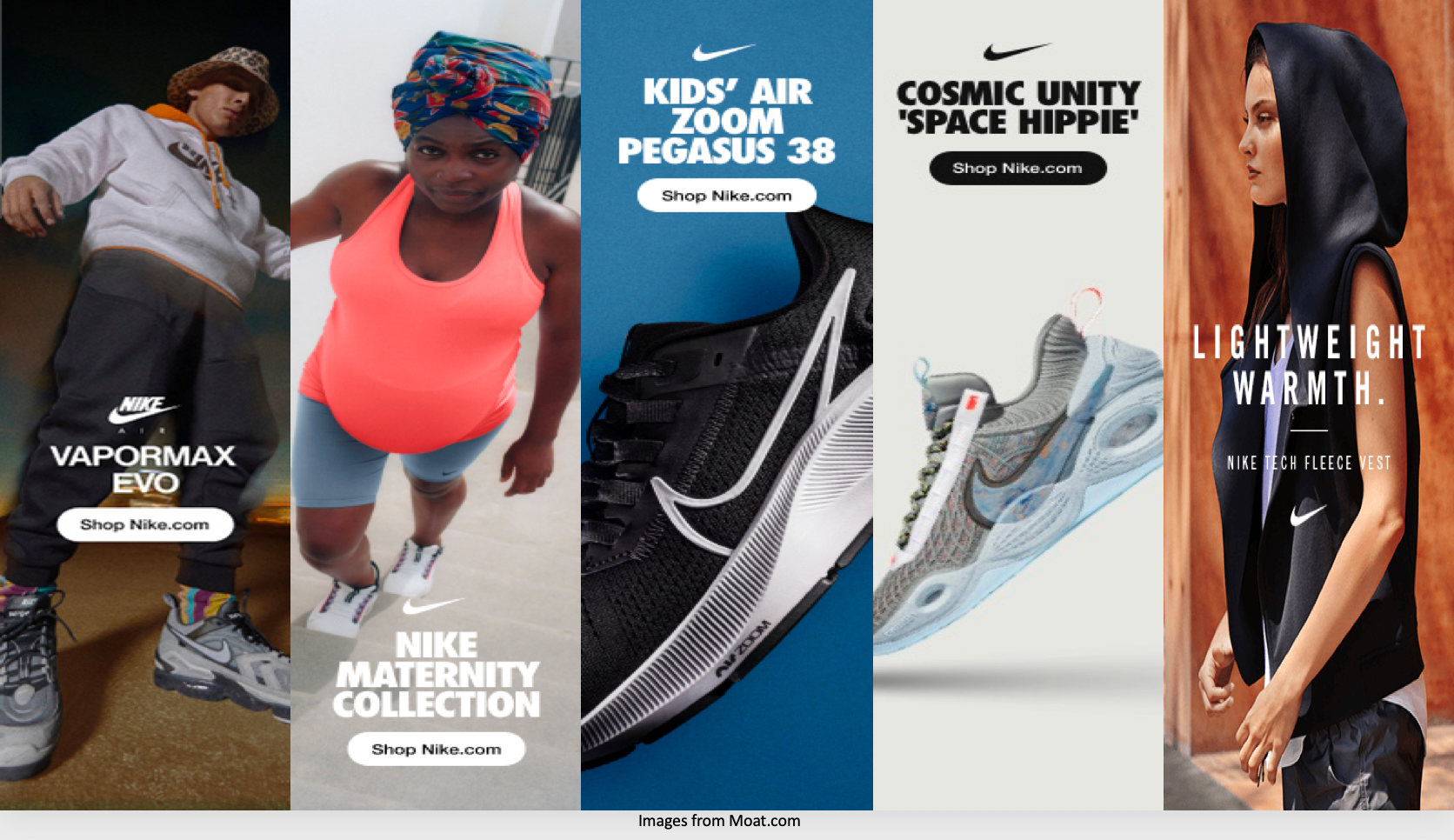
- Image from Nike, October 2022
The following are some audience characteristics worth considering when designing campaigns:
- Demographics such as age and gender (e g., millennials).
- Education level or occupation type.
- Geography determines where they live within a country.
- Language considerations.
- Psychographic goals & motivations tapped through surveys conducted collaboratively.
Persona Building
Personas are invented characters representing groups of people with similar interests, goals, and desires. They can help you figure out how to reach your audience more personally while delivering the right message at the perfect time.
When creating personas, it’s essential to focus on the personalities and stories of your audience.
Naming conventions make this more natural than just treating everyone like numbers on a spreadsheet or targets in an ad campaign – which can feel impersonal at best. They also help build empathy, so you can better understand your customers’ needs by understanding what makes these particular individuals tick; they will be happier buyers and much easier to sell to.
For example, Nike’s “Weekend Runner” could be a person with half-marathon ambitions. They may like using the Nike Run Club app, which has comprehensive data on all past achievements and running habits to help motivate users to new heights.
In addition, Nike is excellent at providing its audiences and personas with unique experiences, such as personalized shoes, advice from coaches, and community-based conversations.

- Image from RunnersWorld, October 2022
Buyer personas can have an even higher value in the B2B space.
This is because they focus on challenges and business information relevant only to those who work outside of your company or organization’s walls; people whose needs may not otherwise factor into any other aspect of making products available (like pricing).
A start-up selling energy bars could create multiple fairly general-purpose “buyer” profiles; however, it would likely make much better sense if each fulfilled their particular nutritional need by simply targeting one specific demographic group instead.
Looking at B2B, a SaaS company might create separate user profiles representing each stakeholder involved in the buying process – from employees sharing information about their jobs to potential customers looking at blogs or white papers full of data relevant to them.
Below is an example of Salesforce’s sales user personas.

- Screenshot from Salesforce, October 2022
Watch the video linked above to learn more about how Salesforce approaches persona-based targeting.
3. Engaging With Your Target Audience
Keep your buyer personas on hand as you produce content and write posts, articles, and social media material.
It’s easy to forget that a real person will be reading what you put out there.
So make sure they feel like their needs are being met by making your content authentic. This helps ensure people trust you more easily when it comes time for them to share information about themselves.
Customers want to do business with authoritative, helpful, and knowledgeable companies. Their main priority is knowing that what your brand is offering has value for them.
Keep your content marketing conversational while providing the necessary information about products or services offered by you and your company. You can’t neglect the human touch in your business as people look for online experiences tailored to their needs.
Ensure, like Marriott Bonvoy in the example below, that you are connecting with consumers on an emotional level (outside of just logos or text-based content.)
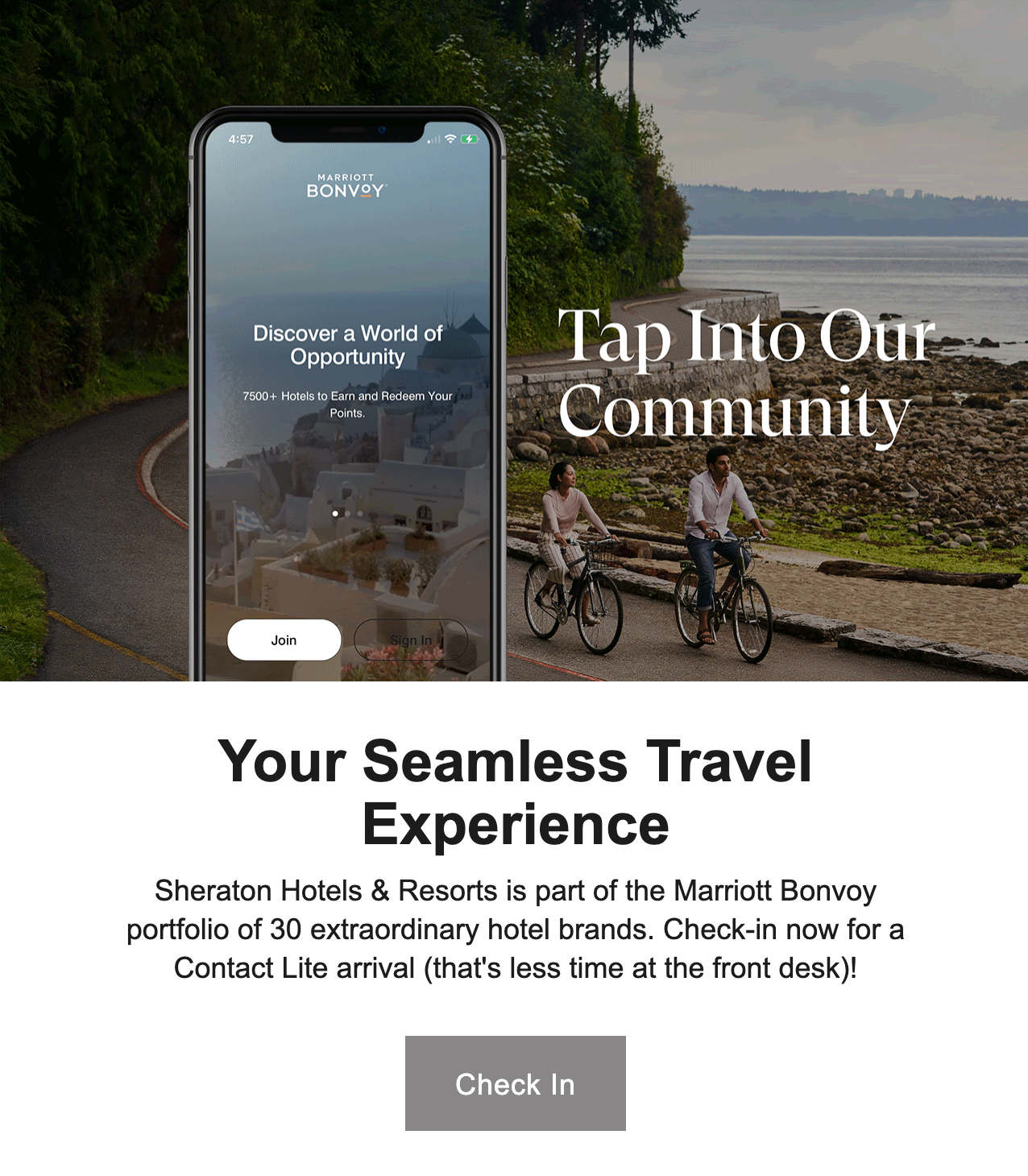 Image from Marriott Bonvoy, October 2022
Image from Marriott Bonvoy, October 2022
Be creative, and always think about new ways to be more engaging. Think pictures, emotions, and videos, which will improve your conversion rates and make your target audience feel more connected.
Conclusion: Finding Balance
Understand before you communicate.
The more you know about your target audience, the better your chance of meeting your objectives.
Think before you engage and utilize key lead magnets; do not over-target, over-communicate, or over-optimize.
Personalize when you communicate with personas but find that balance between engaging and personal privacy.
More resources:
Featured Image: Oyls/Shutterstock
Con información de Search Engine Journal.
Leer la nota Completa > What Is A Target Audience And How Do You Find It







